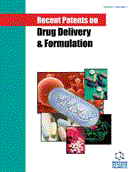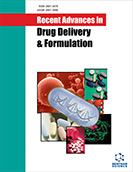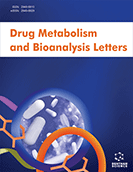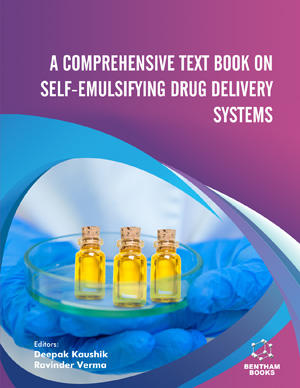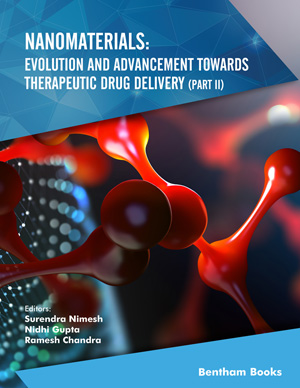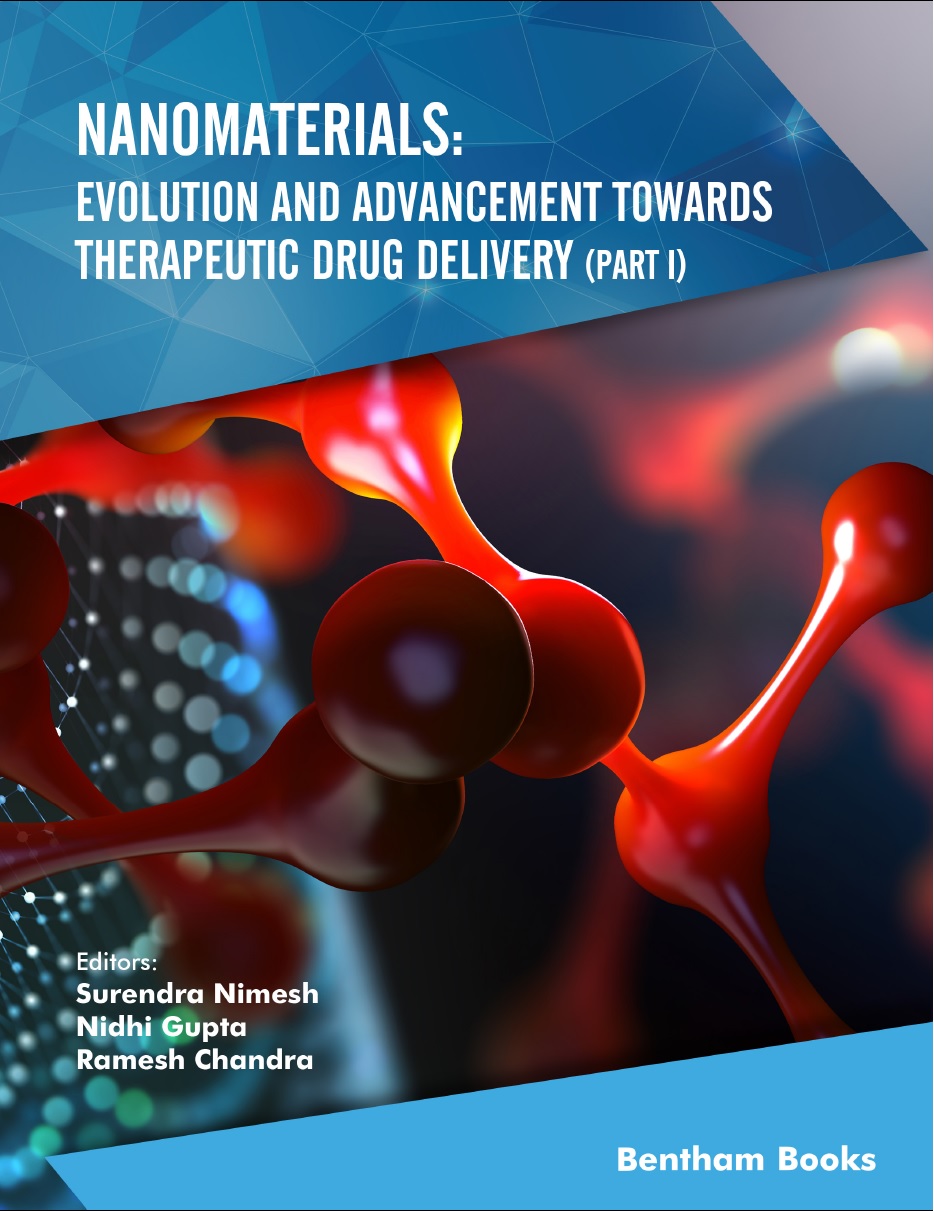Abstract
Microneedles have been developed in the past few years as a new means of transdermal drug delivery. They indeed present many advantages compared to injections using hypodermic needles (reduced risk of contamination and epidermic reactions), but mostly bring comfort and compliance to patients. Microneedles may be plain, opening pathways for medications to dissolve into the skin, or hollow, allowing fluid to actually enter the dermis or the hypodermis. This review focuses on the latter type of microneedles and two issues with their application: first, ensuring correct insertion into the skin (controlled and repeatable insertion depth, mainly); and second, ensuring correct fluid delivery to the dermis (controlled infusion rate). This paper thus focuses on recently published patents for hollow microneedle applicators-i.e., microneedles applicators that allow fluid delivery to the skin. Descriptions are given of several of the most relevant patents concerning this. The benefits and drawbacks of the different solutions are also described.
Keywords: Hollow microneedles, microneedle applicators, microneedle fluid delivery, microneedle insertion devices, selfinjection, transdermal drug delivery.
Graphical Abstract
Recent Patents on Drug Delivery & Formulation
Title:Review of Patents for Microneedle Application Devices Allowing Fluid Injections Through the Skin
Volume: 9 Issue: 2
Author(s): Marion S. Lhernould, Serge Tailler, Michel Deleers and Alain Delchambre
Affiliation:
Keywords: Hollow microneedles, microneedle applicators, microneedle fluid delivery, microneedle insertion devices, selfinjection, transdermal drug delivery.
Abstract: Microneedles have been developed in the past few years as a new means of transdermal drug delivery. They indeed present many advantages compared to injections using hypodermic needles (reduced risk of contamination and epidermic reactions), but mostly bring comfort and compliance to patients. Microneedles may be plain, opening pathways for medications to dissolve into the skin, or hollow, allowing fluid to actually enter the dermis or the hypodermis. This review focuses on the latter type of microneedles and two issues with their application: first, ensuring correct insertion into the skin (controlled and repeatable insertion depth, mainly); and second, ensuring correct fluid delivery to the dermis (controlled infusion rate). This paper thus focuses on recently published patents for hollow microneedle applicators-i.e., microneedles applicators that allow fluid delivery to the skin. Descriptions are given of several of the most relevant patents concerning this. The benefits and drawbacks of the different solutions are also described.
Export Options
About this article
Cite this article as:
Lhernould Marion S., Tailler Serge, Deleers Michel and Delchambre Alain, Review of Patents for Microneedle Application Devices Allowing Fluid Injections Through the Skin, Recent Patents on Drug Delivery & Formulation 2015; 9 (2) . https://dx.doi.org/10.2174/1872211309666150313155503
| DOI https://dx.doi.org/10.2174/1872211309666150313155503 |
Print ISSN 1872-2113 |
| Publisher Name Bentham Science Publisher |
Online ISSN 2212-4039 |
 50
50 3
3 1
1Related Articles
-
A Critical Review of Atypical Antipsychotic Utilization: Comparing Monotherapy with Polypharmacy and Augmentation
Current Medicinal Chemistry Independent Component Analysis Applied to Pharmacological Magnetic Resonance Imaging (phMRI): New Insights Into the Functional Networks Underlying Panic Attacks as Induced by CCK-4
Current Pharmaceutical Design Updates of mTOR Inhibitors
Anti-Cancer Agents in Medicinal Chemistry Personalised Genetic Intervention for Duchenne Muscular Dystrophy: Antisense Oligomers and Exon Skipping
Current Molecular Pharmacology Leptin, Estrogens and Cancer
Mini-Reviews in Medicinal Chemistry Organic Lesions in the Brain MRI of Children with Febrile Seizure
Current Medical Imaging Roles of Chemokine CXCL12 and its Receptors in Ischemic Stroke
Current Drug Targets Quantification of Glycyrrhetic Acid in Human Plasma by LC–MS/MS: Application to a Pharmacokinetic Study
Current Pharmaceutical Analysis Depression has a Strong Relationship to Alterations in the Immune, Endocrine and Neural System
Current Psychiatry Reviews Pharmacophore-Based Discovery of New Human Dihydroorotate Dehydrogenase Inhibitor
Medicinal Chemistry Erratum
Current Alzheimer Research Estrous Cycle and HIV-1 Tat Protein Influence Cocaine-Conditioned Place Preference and Induced Locomotion of Female Mice
Current HIV Research Emerging Roles of microRNAs in Neural Stem Cells
Current Stem Cell Research & Therapy An Augmented Passive Immune Therapy to Treat Fulminant Bacterial Infections
Recent Patents on Anti-Infective Drug Discovery Gut-Brain Axis and Metabolism in Polycystic Ovary Syndrome
Current Pharmaceutical Design Current Experimental, Bioinformatic and Statistical Methods used in NMR Based Metabolomics
Current Metabolomics Potential Applications of Hydrogen Sulfide-Induced Suspended Animation
Current Medicinal Chemistry Second Messenger Modulation: A Novel Target of Future Antidepressants?
Current Medicinal Chemistry Targeting Microglial Polarization to Improve TBI Outcomes
CNS & Neurological Disorders - Drug Targets The Vitamin D Neuroendocrine System as a Target for Novel Neurotropic Drugs
CNS & Neurological Disorders - Drug Targets


